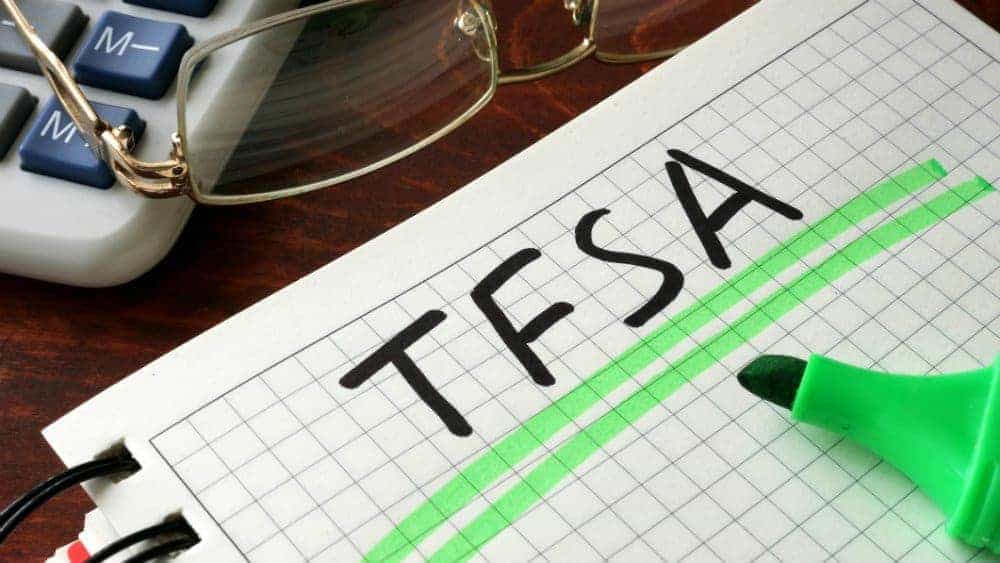This economic downturn has been a weird one, to say the least. The pandemic has caused many Canadians to have to deal with the financial strain of a poor economy, while also trying to work from home. And that’s the best-case scenario. Despite this, almost half of Canadians still don’t have the best defence in their arsenal: the Tax-Free Savings Account (TFSA).
A TFSA is the perfect tool in any scenario, but especially during an economic downturn. Everyone could use passive income at a time like this. That means finding stocks or other methods of bringing in income. However, the TFSA means all your returns and dividends are tax free! Whenever you need the cash, now or in the future, you can take it out without reporting it to the Canada Revenue Agency (CRA).
It’s not a trick. The deal is, you invest in Canadian companies, only a couple thousand dollars a year, and don’t use any investment tricks that could mean you’re using the TFSA as a business. As of this year, you’ll have $69,500 of contribution room to use up. If you use only half of it for a great dividend stock, that’s plenty of passive income for the rest of your life.
Safe and stable
Now, I know what you’re thinking. If I’m going to bring in great returns and dividends, it means there’s great risk, too. That’s not necessarily true! While you could opt for large returns from a risky stock, or high dividends from a real estate investment trust (REIT), banks are just as good! And banks are safe, with lots of historical growth that prove it’ll be around for decades, if not another century.
But there are six big banks. So, which do you choose? Again, you want a bank that’s going to be around for a long time, but you also want the best dividends for your dollar. I would consider Canadian Imperial Bank of Commerce (TSX:CM)(NYSE:CM) for passive-income seekers.
Shares have been growing steadily since the crash. As of writing, the bank has a five-year return of 36.5%, and a compound annual growth rate (CAGR) of 8.3% over the last decade. As for its dividend yield, CIBC offers a 5.48% yield at the moment, the highest of the Big Six banks, growing at a CAGR of 5.2% over the last decade.
While CIBC has the most exposure to the Canadian economy and housing market, it will eventually rebound even during more crashes. Also, it means it has plenty of room to grow afterwards! I would definitely consider CIBC a buy-and-hold-for-decades kind of stock.
Foolish takeaway
As I suggested, you want a diverse portfolio. So, if you were to take half of your TFSA contribution room for passive income from this stock, that would be $34,750 as of writing. That would bring in $1.932 in passive income each year without adding a penny! Meanwhile, if you were to reinvest those dividends towards CIBC, in another decade at the same rates, you could be looking at a portfolio worth $122,776.45!









